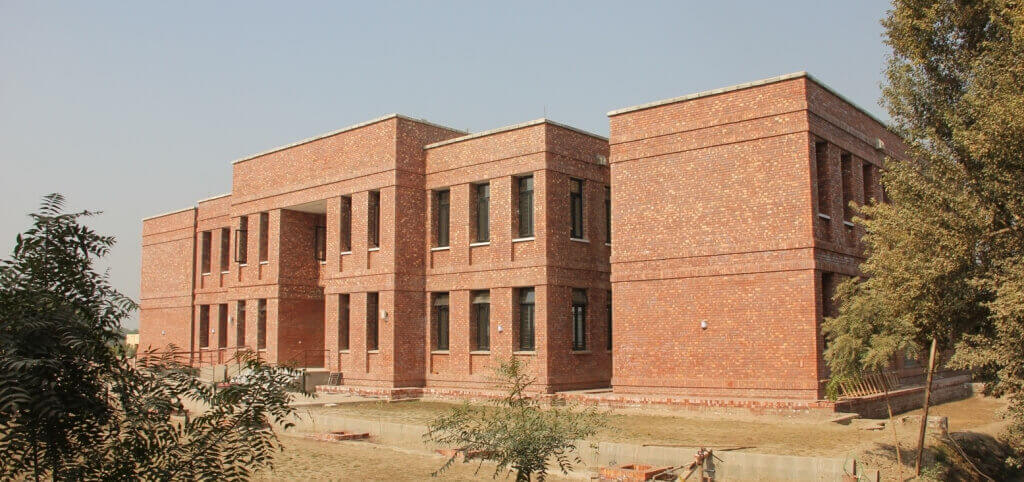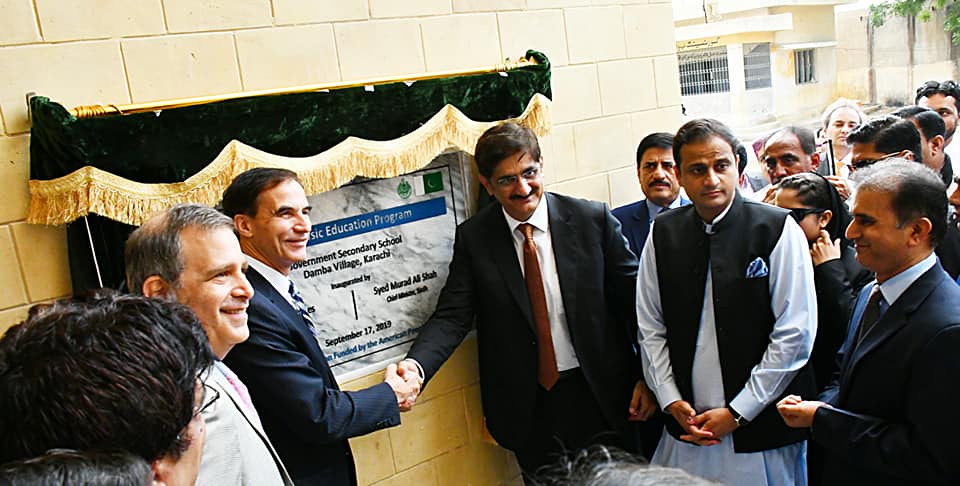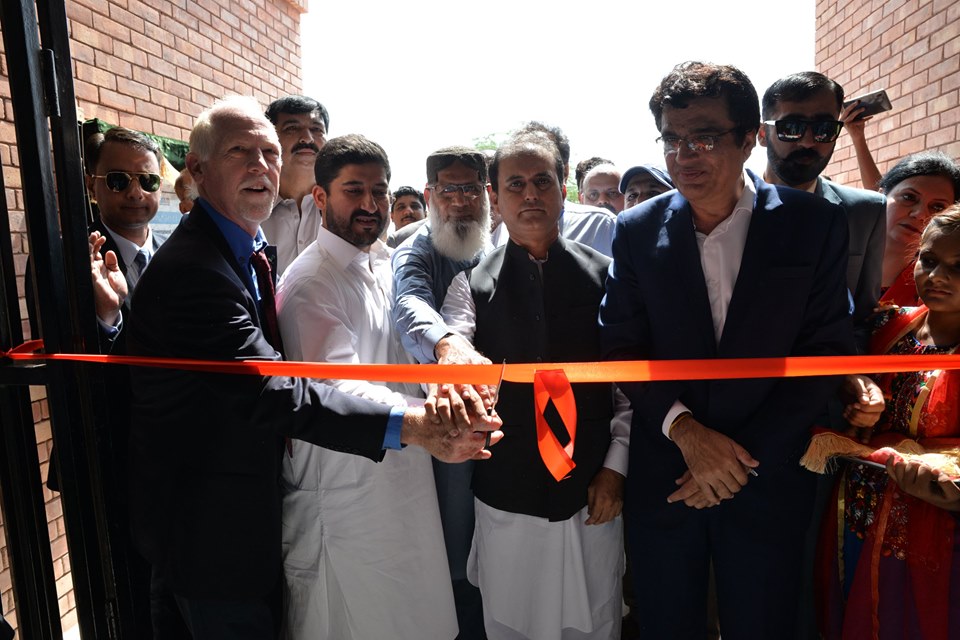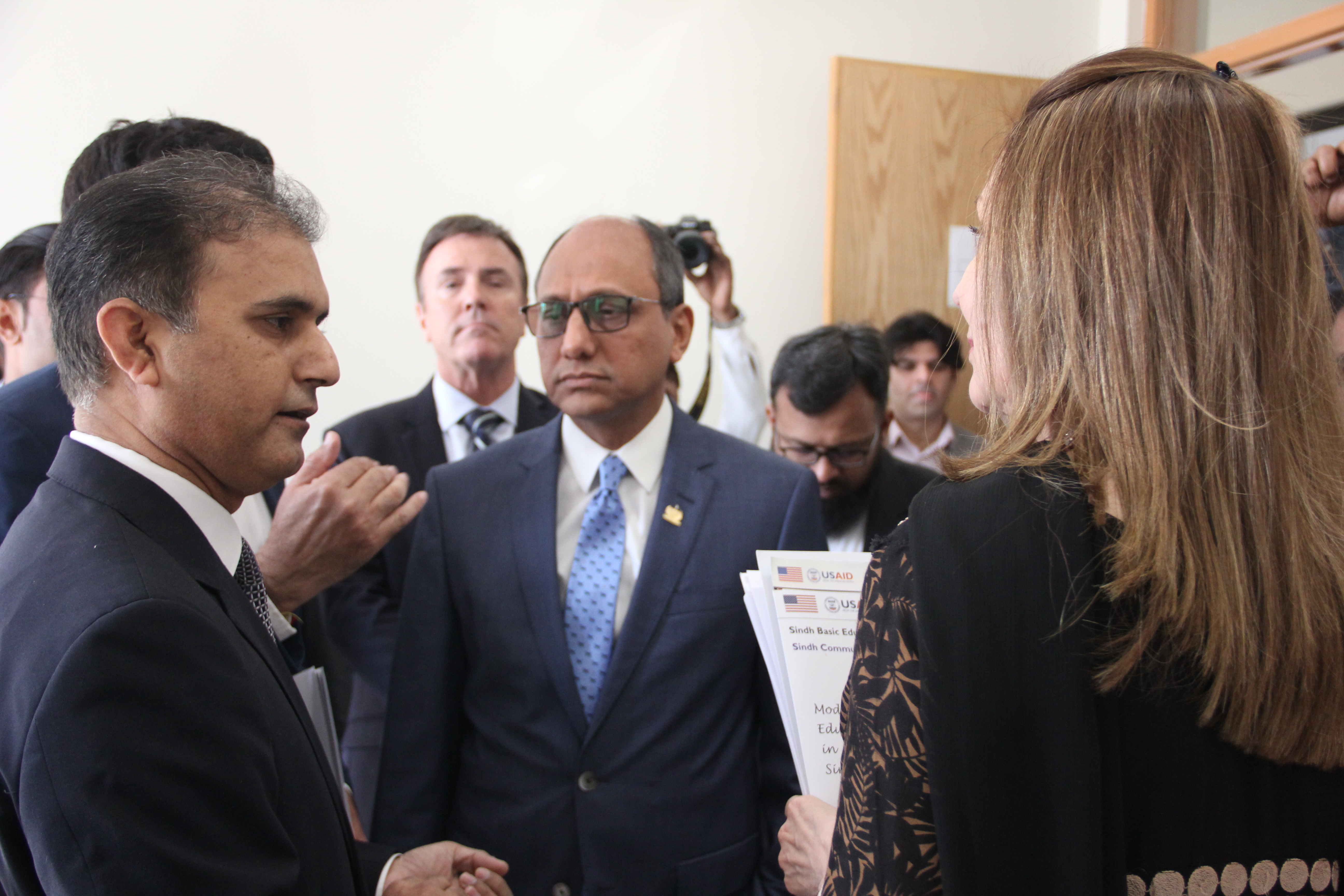Support to Government of Sindh (GOS) policy reforms to merge, consolidate and upgrade schools through construction of schools.
Revolutionizing the education system through better Sindh reforms.
There are several schools situated in the same premises with separate administrative personnel. This has created inefficiencies in education that Government of Sindh has decided to act on.
The proliferation of small basic education facilities throughout the province is the result, in part, of isolated initiatives, it has rendered the Sindh education system nearly impossible to manage. There are nearly 49,000 schools in the GOS's current inventory, many of which are non-functional, poorly located, undersized (one or two-rooms), understaffed, and/or poorly constructed. Further, teacher absenteeism is chronic and common. In addition, it is now common to have several schools situated on the same premises, each with separate administrative personnel. This has created inefficiencies that the GOS can ill afford. Finally, there has been an under-investment in school facilities serving students of class 5, which has left few options for children to continue their education beyond the primary level, particularly for girls.
Fortunately, the GOS has now taken on a series of education sector reforms to correct these problems.
- The first policy reform is to consolidate several small schools that exist in a village or neighbourhood into a single, properly managed facility.
- The second policy reform is to support the merging of several schools that are operating in a single location into a single school operating under a streamlined administrative structure.
- The third policy initiative is to upgrade primary schools to include facilities and teachers for middle and high school-age students.
- The fourth policy reform is to hire additional female teachers based on merit and qualifications.
- The fifth policy reform is the adoption of school-specific budgets and the placement of school-specific teachers, which will provide resources for maintenance and supplies and reduce teacher absenteeism.
Under the program, primary, middle, secondary and higher secondary schools having dangerous buildings will be selected. The concerned District Education Administration(s) will ensure and certify that these schools are meeting the criteria for merging, consolidation or up-gradation with adjacent schools in targeted districts (as per policy of the Government). Subject to the availability of funds, it is estimated that USAID Pakistan support will also include the following:
Schools (From KG Grade 10)
Approx: 106 schools
The number of schools is tentative and final numbers will be based on the school design and costing to be approved by GOS and USAID/Pakistan. USAID/Pakistan assistance will support these important policy initiatives by constructing, furnishing and equipping approximately 106 schools in carefully selected locations in the seven focus districts in Northern Sindh and selected towns in Karachi. This will be accomplished in consultation with the Department of Education through a process that identifies dangerous school buildings that need to be demolished. The demolished buildings will be replaced by larger facilities that encompass a broader catchment area. Administratively merged schools will operate in a single location and include facilities from KG to Grade 10. The construction activities will not include Higher Education, but where ever there are savings and need for construction of more classrooms this can also be done.
This strategy is being adopted to ensure that all facilities that bear the "USAID" logo adhere to seismic and other quality standards of USAID. This strategy supersedes previously considered strategy to "upgrade" existing facilities or to add lavatories and boundary walls to facilities of questionable structural integrity.





